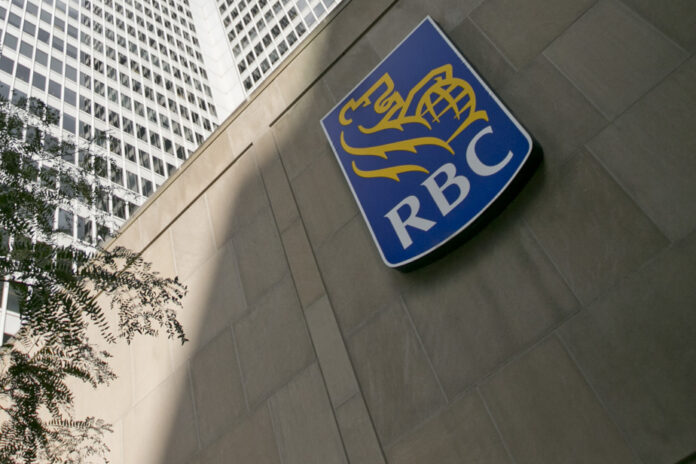(Toronto) The Royal Bank of Canada (RBC) is accelerating job cuts as part of its cost-cutting efforts ahead of an expected economic slowdown.
The bank, which on Thursday reported higher third-quarter earnings, beating analysts’ expectations, said it plans to cut 1-2% of its full-time equivalent workforce in the next quarter, in addition to the 1% she deleted in the last trimester.
The cuts come as rising interest rates weigh on expected economic activity, despite strong consumer spending.
“Our base case calls for a softening economic outlook,” chief executive Dave McKay said on a conference call with investors and financial analysts.
“We expect slower growth and lower inflation due to the lagged impact of monetary policy, combined with a slowdown in China and elevated weather and geopolitical risks. »
Given the outlook, the bank has increased its focus on spending control, McKay said, including slowing discretionary spending and moderating hiring.
The initial job cuts were achieved largely through natural attrition, but the reductions will accelerate this quarter now that the bank has received the necessary regulatory approvals to move forward, he said.
The cuts come after Mr. McKay said last quarter that the bank had overhired thousands of people. The bank added about 6,100 full-time equivalent employees in 2022 compared to the previous year, and 3,000 in the first two quarters of this year.
In the third quarter, the company reduced its workforce by about 2,400 people, although about two-thirds of that reduction was the result of a partial sale of RBC Investor Services, leaving RBC with 93,753 full-time equivalent employees at during his last trimester.
Despite these reductions, the overall increase in the number of employees and the increase in salaries resulted in a 17% increase in costs, explained Nadine Ahn, chief financial officer.
She said the bank has recorded nearly $70 million in severance pay in the past two quarters and is expected to record more in the next quarter before RBC starts benefiting from the severance cuts. spending next year.
The focus on costs comes as the bank said spending rose 23% in the quarter from a year ago, about 10% of which was related to acquisitions and exchange rates. Other than that, non-interest expense increased 13%, driven by higher personnel costs and professional fees.
Despite rising costs, the bank posted net income of $3.87 billion, or $2.73 per share, for the quarter ended July 31, compared with $3.58 billion, or $2.51 per share, for the same quarter of the previous year.
Revenues amounted to 14.49 billion, against 12.13 billion a year earlier.
Provisions for credit losses were 616 million, compared to 340 million in the same quarter a year earlier.
On an adjusted basis, RBC says it earned $2.84 per share in its latest quarter, up from $2.55 a year earlier.
The average analyst estimate was $2.71 per share, according to figures compiled by financial markets data firm Refinitiv.
The bank beat expectations, thanks in part to lower-than-expected provisions for credit losses, as well as a lower tax rate, Scotiabank analyst Meny Grauman wrote in a note to clients. .
According to him, efforts to reduce expenses, in particular by reducing the number of full-time equivalent (FTE) employees, should contribute to the bank’s performance.
“Operating leverage remains an issue for this bank, but we are certainly seeing strong evidence that RY is working to address this issue by reducing ETPs. »
The bank also benefited from a slight increase in net interest margins in the Canadian banking sector, as the flow of customers to term deposits such as guaranteed investment certificates slowed.















